The DtM team is proud to report that Elizabeth Johansen’s alma mater, Harvey Mudd College, featured her work with DtM as part of the cover story for their alumni magazine.
Our favorite excerpt:
“Johansen has seen firsthand how babies and families benefit. She describes meeting the parents of a newborn treated with Firefly phototherapy at St. Paul Hospital in Hanoi. Ten years earlier, their older daughter had been born with severe jaundice. That infant underwent an exchange blood transfusion, a dangerous procedure that requires removing and replacing all of a baby’s blood. Johansen says, ‘They didn’t have another child for 10 years because of this. With Firefly, their newborn was treated safely in three days. The parents were so thankful that they invited us to their house. Thinking about how many newborns Firefly affects motivates me.’”
Full text of article:
Many Hands Make Light Work
Written by Amy DerBedrosian
Photo by Webb Chappell
THE CULPRIT IS BILIRUBIN. When there’s too much of this yellow pigment for a newborn’s liver to break down and pass from the body, trouble—in the form of jaundice—is what results. This common condition is curable yet often fatal for babies born in developing countries, where 5 to 10 percent of their deaths are attributed to the condition.
The solution is simple: Just shine a blue light onto the infant’s skin, as has been the practice in the United States and Europe for decades. Elsewhere, however, this is easier said than done—at least until director of product development Elizabeth Johansen ’01 and her colleagues at the nonprofit startup company Design that Matters (DtM) found a solution.
“We addressed jaundice through product design,” Johansen says. “We looked for a technology with a history of impact and redesigned it for use in developing countries. Blue LED technology has been around for a long time, but no one had designed a product that could deliver blue light to newborns in a way that is hard to use incorrectly.”
The Firefly Newborn Phototherapy device they designed overcame barriers to saving newborn lives. Inexpensive to buy and maintain, Firefly is unlikely to join unused medical products in the “equipment junkyards” Johansen regularly sees outside hospitals in developing countries. Its easy operation requires little training. The design features one setting and a bed fitting a single infant centered under a fixed light that ensures each newborn gets the correct dosage.
“We believe a product should be hard to use in the wrong way,” says Johansen, whose DtM team collaborates with doctors, university engineering and design students, international foundations and manufacturers to meet the needs of developing countries. While designing Firefly, they also visited Southeast and South Asia, talking to hospital staff and bringing iterative prototypes.
Johansen traces her ability to tackle challenges—and her interest in product design—to her first year at Harvey Mudd. She says, “In the E4 engineering design class, I had an opportunity to design a giant calculator for Professor Art Benjamin, who does math magic shows. I discovered the joy of applying engineering skills to human needs.”
Other experiences as a Harvey Mudd engineering student also shaped Johansen’s career. An independent study reinforced her desire to continue in product design. Study abroad at a French university took her outside the United States for the first time, sparking her interest in other cultures.
After graduation, Johansen spent eight years as a designer and project leader for the global design firm IDEO. She says, “At IDEO, I discovered a whole world of engineering applied to everyday uses and began working on medical products. IDEO’s user-centric design approach taught me a lot about understanding and empathizing with other people that I use now as I work across cultures, professions and environments.”
During that time, Johansen became a DtM volunteer and involved nearly 100 IDEO coworkers in its projects before joining DtM full time in 2010. Today, as DtM expands Firefly’s reach and explores other ways to assist developing countries through design, Johansen continues to look for new collaborators.
“As we build capacity, we’re working with more teams and more universities,” she says. “I would love to involve Harvey Mudd students in a project. With a great technical education, there’s a huge opportunity to make an impact on international development.”
Through Firefly, Johansen has been realizing that impact. As of February, 58 devices were in use in Vietnam, Myanmar, Thailand and Malaysia, providing treatment for nearly 30,000 newborns. The first Firefly units in Africa were en route to Ghana. A hundred more were in production, helping to bring DtM and its partners closer to the goal of distributing at least 1,000 Firefly devices and treating more than 500,000 infants.
Johansen has seen firsthand how babies and families benefit. She describes meeting the parents of a newborn treated with Firefly phototherapy at St. Paul Hospital in Hanoi. Ten years earlier, their older daughter had been born with severe jaundice. That infant underwent an exchange blood transfusion, a dangerous procedure that requires removing and replacing all of a baby’s blood.
Johansen says, “They didn’t have another child for 10 years because of this. With Firefly, their newborn was treated safely in three days. The parents were so thankful that they invited us to their house. They were excited to put jaundice in their past. Thinking about how many newborns Firefly affects motivates me.”

